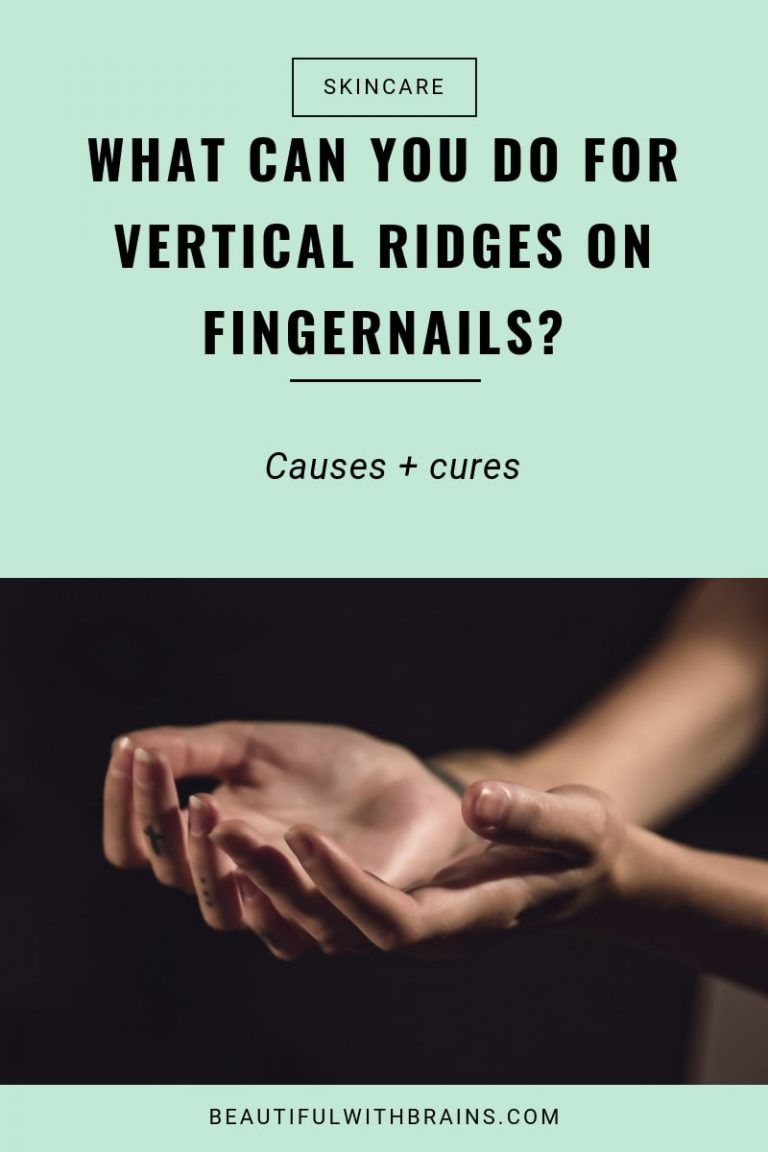What Causes Vertical Ridges on Fingernails?
Vertical ridges on fingernails are a common issue that many people experience. These ridges can be caused by a variety of factors, including aging, trauma, nutritional deficiencies, and underlying health conditions. Understanding the potential causes of these ridges can help individuals address the issue and maintain healthy nails.
1. Aging
As individuals age, their nails may naturally develop vertical ridges. This is due to the decrease in cell turnover and the thickening of the nail plate. While these ridges are often a normal part of the aging process, it’s important to monitor them for any changes or abnormalities.
2. Trauma
Trauma to the nail bed or matrix can also cause vertical ridges to form. This trauma can result from activities such as typing, playing musical instruments, or engaging in sports. In some cases, repeated trauma can lead to the development of permanent ridges on the nails.
3. Nutritional Deficiencies
Nutritional deficiencies, particularly of certain vitamins and minerals, can contribute to the formation of vertical ridges on the nails. Inadequate levels of nutrients such as vitamin C, vitamin E, and biotin can impact nail health and lead to the development of ridges. Ensuring a balanced diet that includes these essential nutrients can help improve nail health.
4. Underlying Health Conditions
Vertical ridges on the nails can also be a sign of underlying health conditions. Conditions such as psoriasis, eczema, and peripheral vascular disease can manifest as ridges on the nails. Additionally, certain systemic diseases like diabetes and thyroid disorders can also cause nail abnormalities, including ridges.
5. How Users Can Address Vertical Ridges on Fingernails
For individuals experiencing vertical ridges on their fingernails, there are several steps they can take to address the issue and promote healthier nails.
6. Maintain a Balanced Diet
Consuming a balanced diet rich in essential nutrients is crucial for nail health. Including foods high in vitamins C and E, as well as biotin, can help strengthen the nails and reduce the appearance of ridges. Additionally, staying hydrated and consuming adequate protein can contribute to overall nail health.
7. Use Moisturizers and Nail Oils
Keeping the nails and cuticles moisturized is important for preventing and reducing ridges. Using nourishing nail oils and moisturizers can help strengthen the nails and improve their appearance. This can be especially beneficial for individuals with dry or brittle nails.
8. Protect the Nails from Trauma
Avoiding activities that can cause trauma to the nails, such as excessive typing or using tools without proper hand protection, can help prevent the development of ridges. It’s important to be mindful of nail health and take steps to protect the nails from unnecessary damage.
9. Seek Medical Evaluation
If individuals are concerned about the presence of ridges on their nails, it’s important to seek medical evaluation. A healthcare professional can assess the nails and determine if there are any underlying health conditions contributing to the ridges. This can ensure that any potential issues are addressed promptly.
10. Conclusion
Vertical ridges on fingernails can be caused by a variety of factors, including aging, trauma, nutritional deficiencies, and underlying health conditions. By understanding these potential causes and taking steps to address them, individuals can promote healthier nails and reduce the appearance of ridges. Maintaining a balanced diet, using moisturizers and nail oils, protecting the nails from trauma, and seeking medical evaluation when necessary can all contribute to improved nail health. By taking these proactive measures, individuals can maintain strong, healthy nails and minimize the presence of vertical ridges.
You can review our digital products by following us on Etsy.





